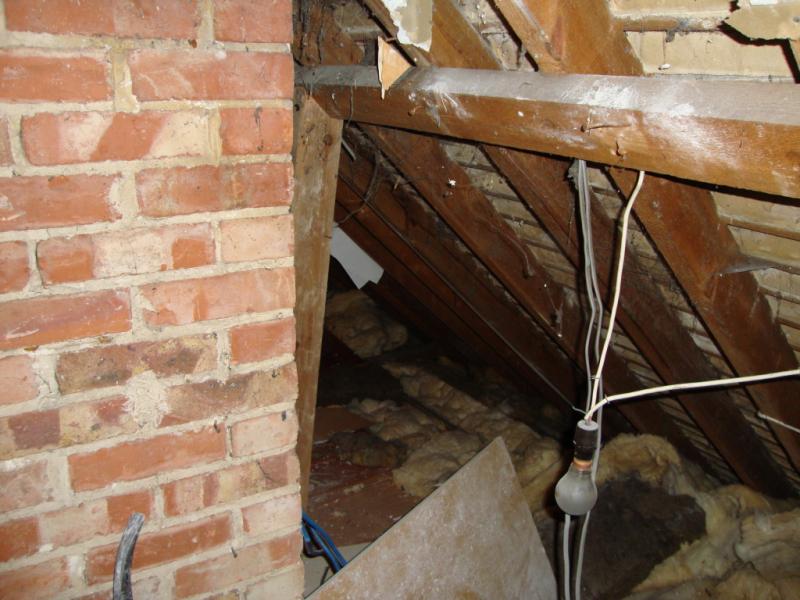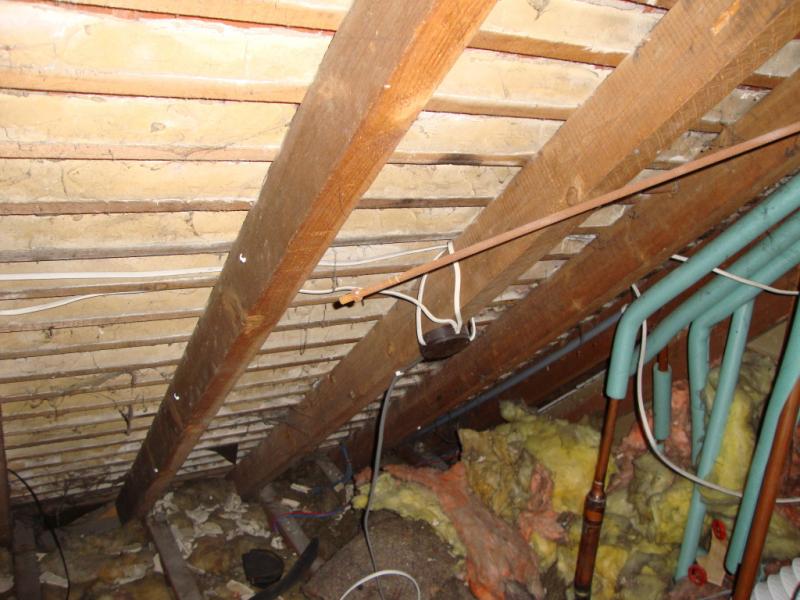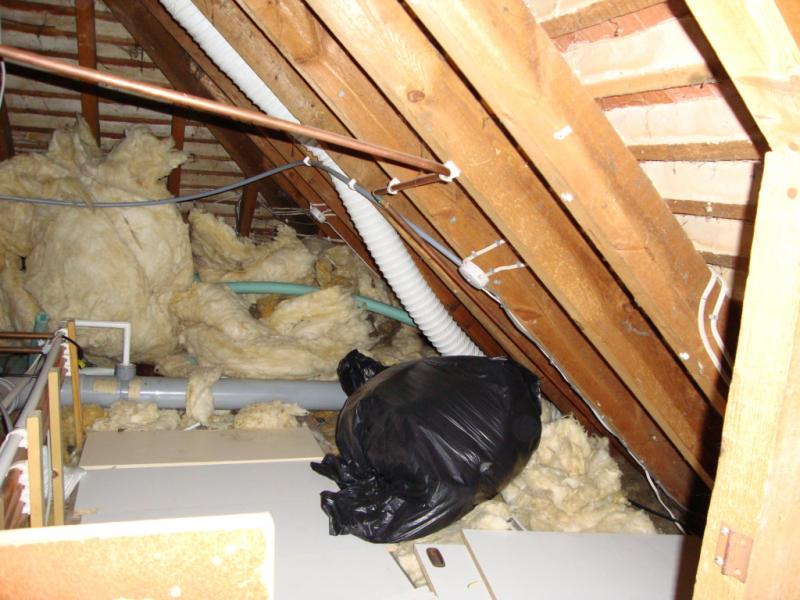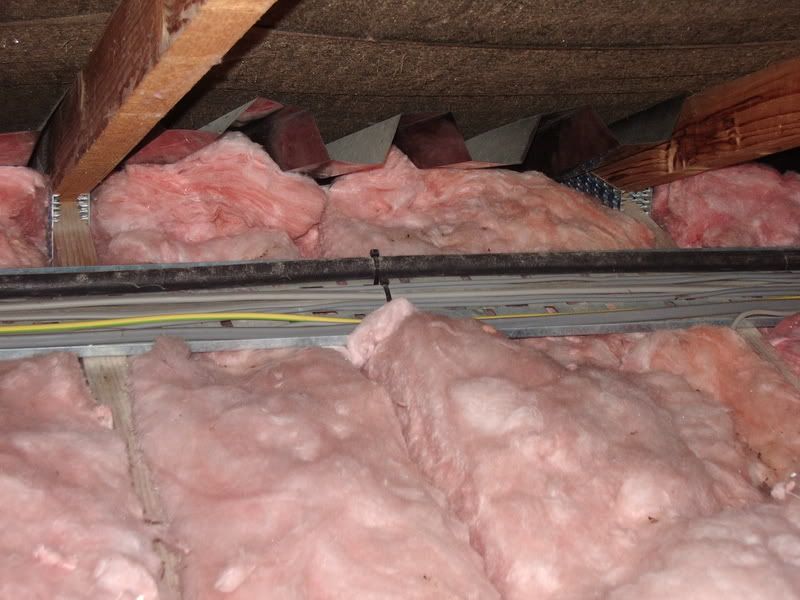There is one thing I cannot find in the 17th edition of the wiring regulations about permitted cable zones. In order to reduce 'cable mileage' (and voltage drop) I am thinking of running some cables in the empty roof spaces of my house above the joists and at an angle, like from corner to corner of the ceiling.
Will Building control be able to find any objections to this?
Will Building control be able to find any objections to this?







